
Sustainable Living Made Simple
If you’re looking to cut your carbon footprint without turning your life upside‑down, you’re in the right place. Sustainable living isn’t a lofty ideal reserved for experts – it’s a set of everyday choices that add up. Here’s a quick roadmap that shows how you can make your home greener, spend less, and feel better about the planet.
Eco‑Friendly Home Options
One of the biggest impacts comes from where you live. Eco homes have gotten a lot of hype, but the reality is they can fit many budgets. The article “Are Eco Homes Expensive?” breaks down the true costs – often the price gap narrows once you factor in energy savings. Think about using insulated panels, solar roofs, or heat‑pump heating. Even a simple upgrade like swapping old windows for double‑glazed ones can shave a few hundred dollars off your annual bills.
If you love a quirky vibe, consider a yurt or a glamping cottage. Yurts use natural fabric and wood frames, and many models come with solar kits for lighting. The ‘Are Yurts Eco‑Friendly?’ piece shows that with the right materials, a yurt can be just as green as a timber house, plus it’s cheaper to set up.
For those on a tighter budget, modular or prefabricated homes are worth a look. The “Most Affordable Homes to Build in 2025” guide points out that prefab units can be built in weeks, not months, and the waste material is minimal. Pair a prefab shell with a composting toilet and a rain‑water catch system, and you’ve got a low‑impact nest.
Everyday Green Habits
Even if your house isn’t a certified green building, small habits can push your lifestyle toward sustainability. Start with energy: replace incandescent bulbs with LEDs, and unplug chargers when they’re not in use. A plug‑in timer for your heating can save up to 10% on bills.
Water savings are easy too. Install a low‑flow showerhead and fix drips right away – a single leak can waste over 3,000 liters a year. For laundry, wash full loads in cold water; modern detergents work just as well and you’ll cut the energy hog.
Waste reduction is a big piece of the puzzle. The “Hidden Fees in All‑Inclusive Resorts” article reminds travelers that many “all‑inclusive” packages include disposable plastics that end up in landfills. At home, swap single‑use containers for reusable bags, jars, and stainless‑steel bottles. Compost kitchen scraps – they turn into rich soil for a garden, which can feed your kitchen and cut grocery bills.
Transportation matters, too. If you can bike or walk for short trips, you’ll cut emissions and get extra exercise. For longer distances, look at car‑pool apps or consider a hybrid vehicle. Even the simple act of planning errands to avoid back‑and‑forth trips can lower your fuel use.
Finally, think about the community. Joining a local garden or a sharing group can spread the sustainability vibe. The “National Trust Cottages Discount” post shows that members often get tips on local eco‑activities, which can inspire you to explore more low‑impact ways of having fun.
Bottom line: sustainable living is a collection of choices, not a single overhaul. Start with one change – like swapping a bulb or checking your home’s insulation – and build from there. Each step saves money, reduces waste, and brings you a bit closer to a greener future.

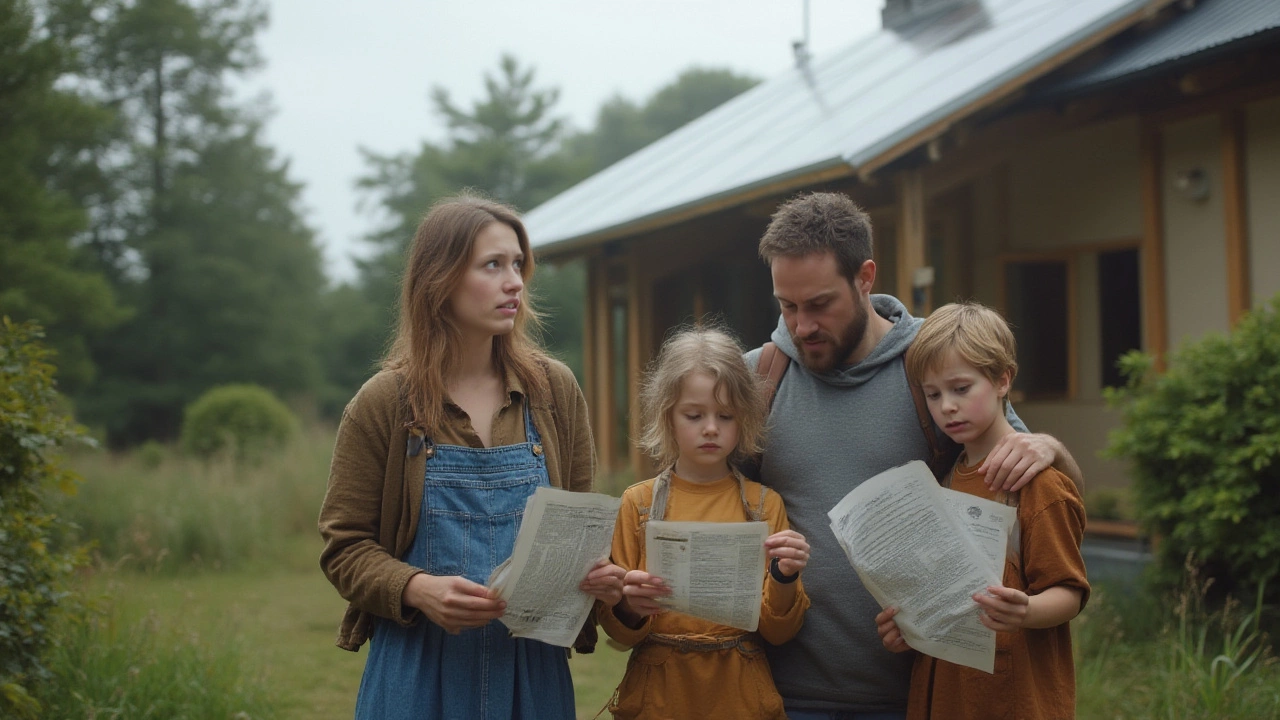
Eco Home Disadvantages: Hidden Costs and Common Pitfalls Explained
Eco homes sound dreamy, but what don’t people tell you? Here’s a look at the downsides, hidden costs, and real-life challenges of sustainable living.
Read More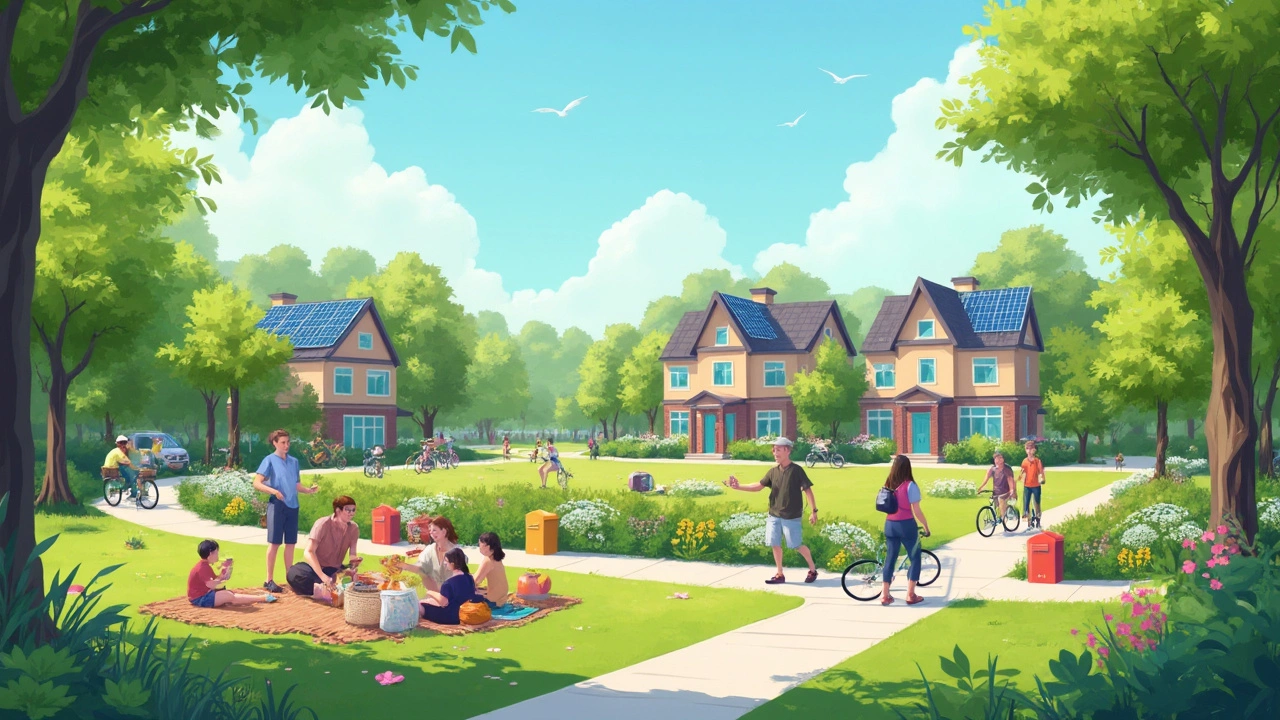
Cleanest City in the US: Where Eco-Friendly Living Shines
This article uncovers which American city stands out as the cleanest, highlighting everything from air and water quality to public recycling efforts. Expect tips on how to embrace clean living in your own space, especially if you're eyeing an eco-friendly cottage. Get practical advice on what sets this city apart and how you can bring a slice of its green lifestyle into your daily routine. We'll also break down some real-life examples, stats, and what to look for if you want a cleaner, greener home environment. Stay tuned to discover what actually makes a city clean, not just in looks but in livability.
Read More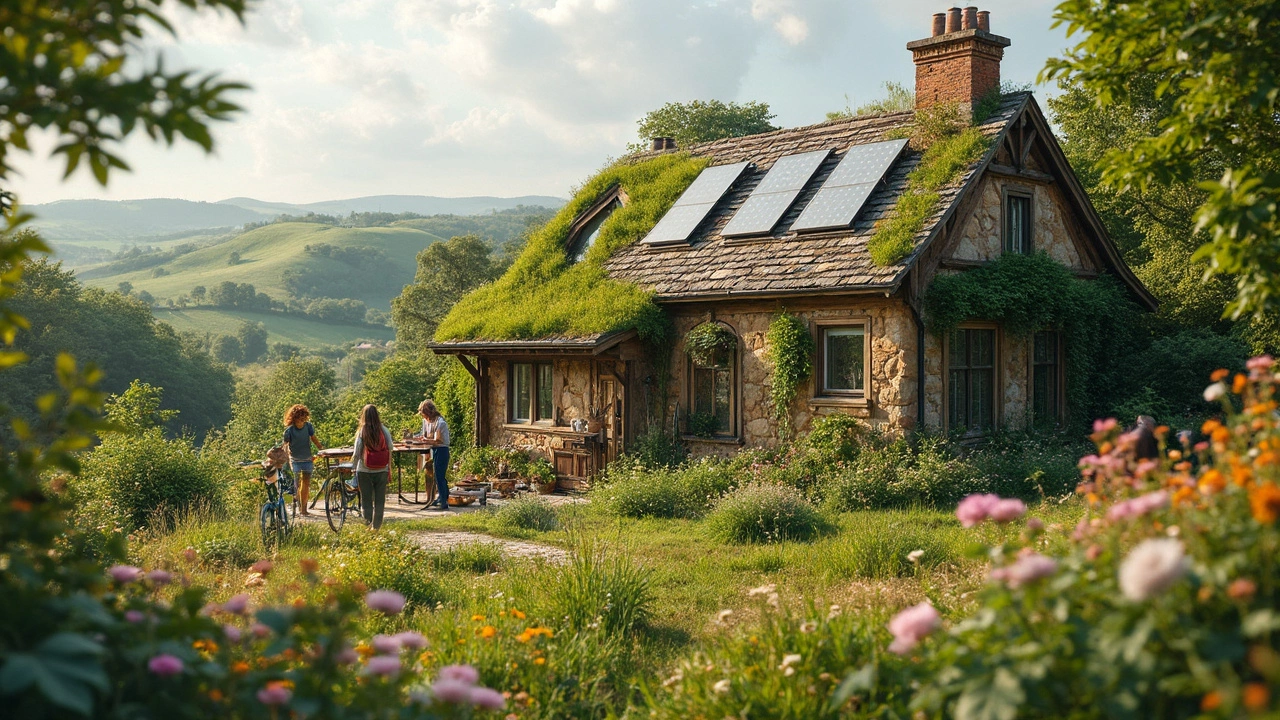
Most Sustainable Place to Live: Eco-Friendly Cottages Leading the Way
Want to know where you can live with the lightest footprint? This article explores the most sustainable places to live—specifically focusing on eco-friendly cottages. Learn what makes these tiny homes so green, where to find them, and how they keep both your energy use and expenses way down. We’ll break down everything from building materials to solar power, and toss in some handy tips you can actually use. Whether you’re looking for a lifestyle change or just curious about eco-living, you’ll get practical advice and real facts here.
Read More
Is Living in a Cottage a Good Idea?
Thinking about moving to a cottage? It's not just about those fairy-tale vibes. Cottage living offers eco-friendly benefits and a closer connection with nature. We'll dive into the pros and cons, share tips on maintaining a green lifestyle, and explore if this quaint living style suits you. Whether you're dreaming of a lush garden or a minimal carbon footprint, there's plenty to consider.
Read More
Eco Cottage: The Future of Sustainable Living
Discover what makes an eco cottage truly eco-friendly, explore their sustainable design features, learn how they contribute to a greener lifestyle, and find tips for creating your own eco-friendly space. With their low environmental impact and energy-efficient systems, eco cottages are at the forefront of modern, sustainable living. This piece delves into what defines them and how they can help you live more harmoniously with nature.
Read More
Eco-Friendly Cottages: Embracing Sustainability in Comfort
Discover what it means to be an eco-friendly advocate, especially in the context of choosing sustainable cottages. Learn how adopting eco-friendly habits not only helps the planet but enhances your lifestyle. Understand the rise of eco-tourism and how eco-friendly cottages fit into this growing trend. Explore simple and actionable ways you can transform your living space to be more environmentally conscious without sacrificing comfort.
Read More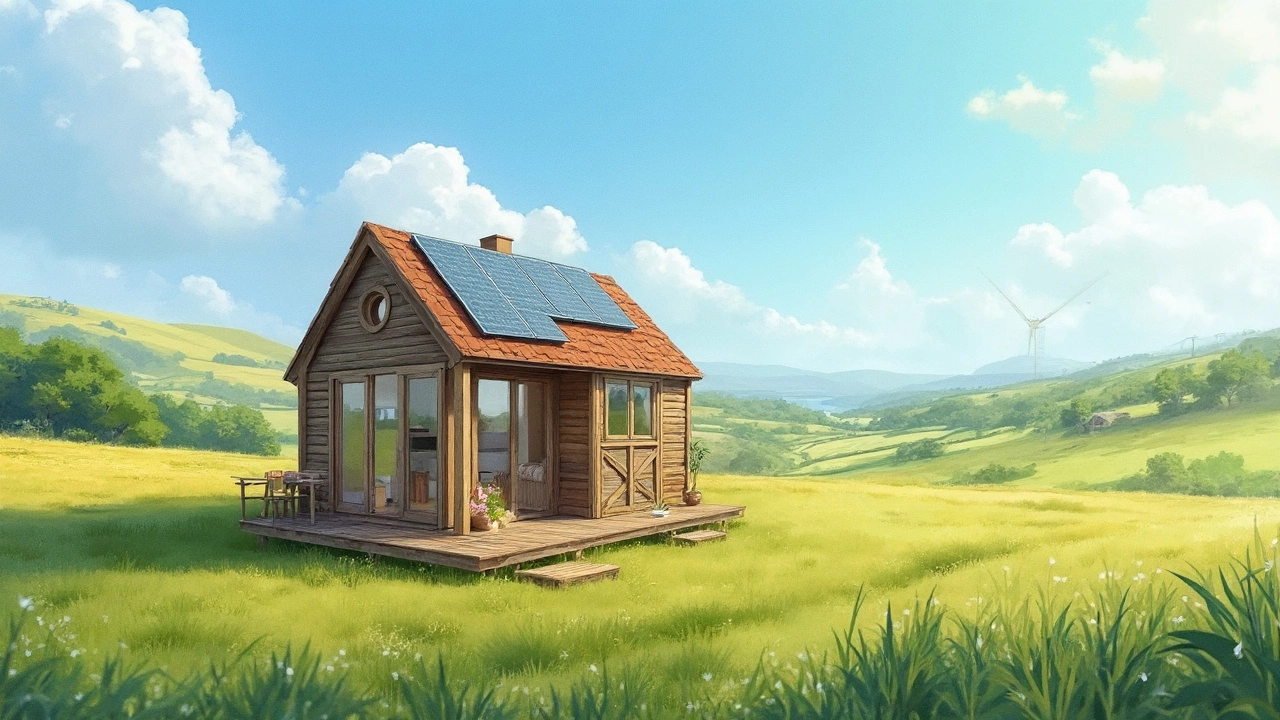
Eco-Friendly Benefits of Tiny Houses
Tiny houses are a popular choice for those looking to live a sustainable lifestyle. These compact homes reduce energy consumption and use fewer resources, while encouraging minimalist living. With efficient designs and smaller footprints, tiny houses are an environmentally conscious option that minimizes the impact on the planet.
Read More
What's the Greenest Place on Earth? Exploring Eco-Friendly Cottages
Searching for the greenest place on Earth? Discover eco-friendly cottages in stunning locations where sustainability meets comfort. Explore how these nature retreats blend into their surroundings, offering a unique slice of green living. From innovative building materials to clever energy use, these places redefine sustainability. Perfect for eco-conscious travelers craving an ethical escape.
Read More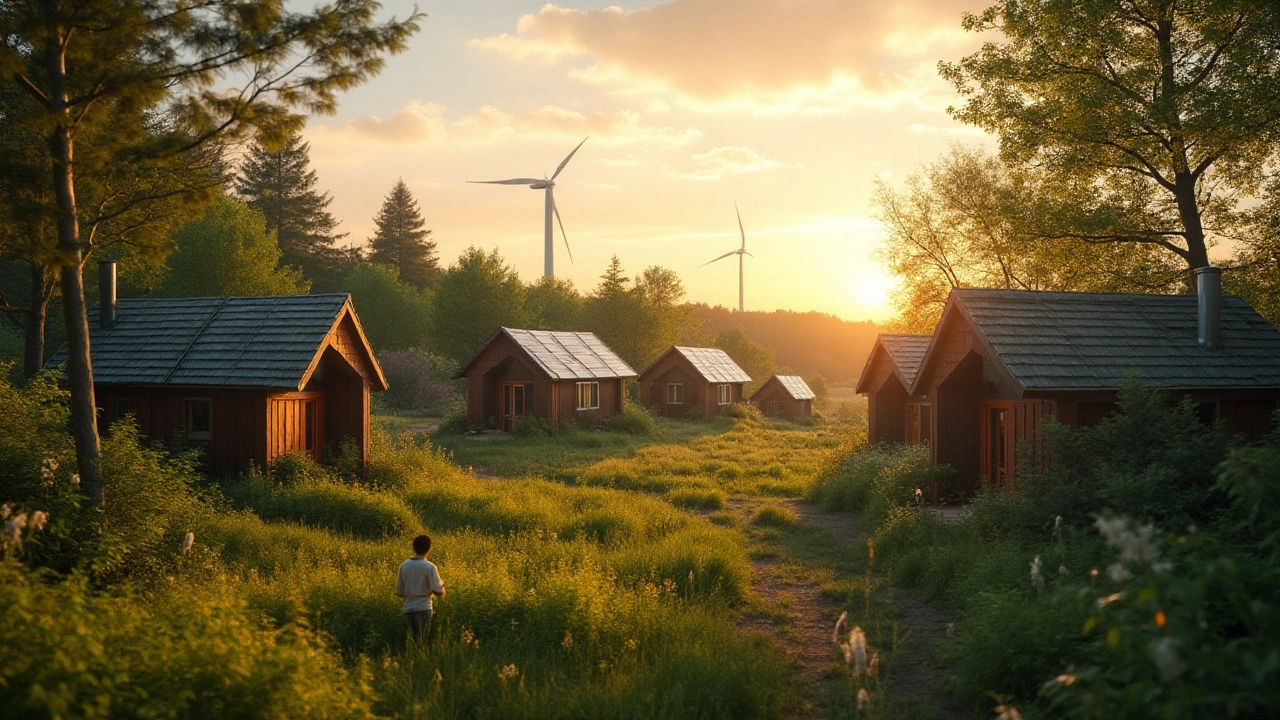
Discovering the Eco-Friendliest State in the U.S. with Sustainable Cottages
Exploring which state in the U.S. wins the crown for being the greenest, the article delves into sustainable living practices. With a focus on eco-friendly cottages, readers will learn about states leading in renewable energy and green initiatives. The piece offers insights into how these settings contribute to reduced footprints and conservation efforts. Useful tips for incorporating sustainable practices in everyday living are also included.
Read More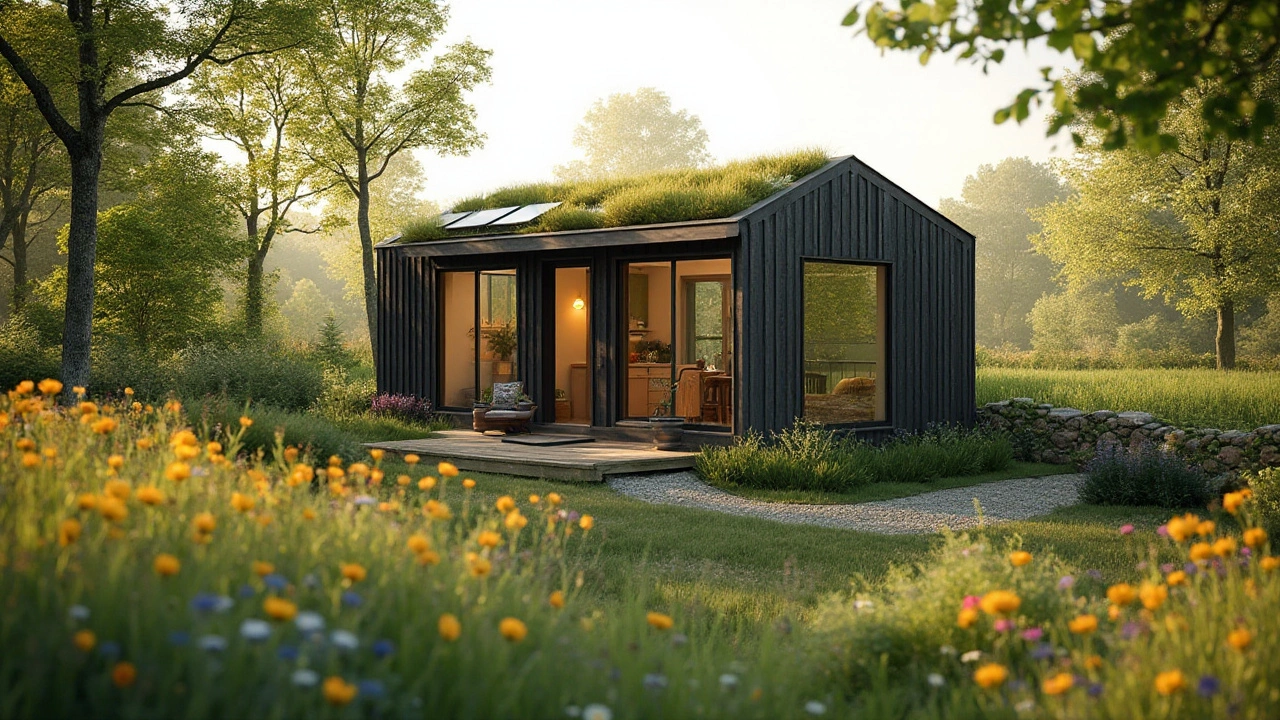
Understanding the Lifespan of Tiny Eco-Friendly Homes
Tiny homes have gained popularity for their minimalistic appeal and sustainable living benefits. Their lifespan, however, can vary widely based on several factors, including the choice of materials, construction quality, and level of maintenance. Understanding what impacts the longevity of a tiny house can help owners maximize their investment and ensure their home remains a cozy haven for years. This article explores the elements that influence the durability of tiny eco-friendly homes and offers practical tips for preserving their quality and charm.
Read More